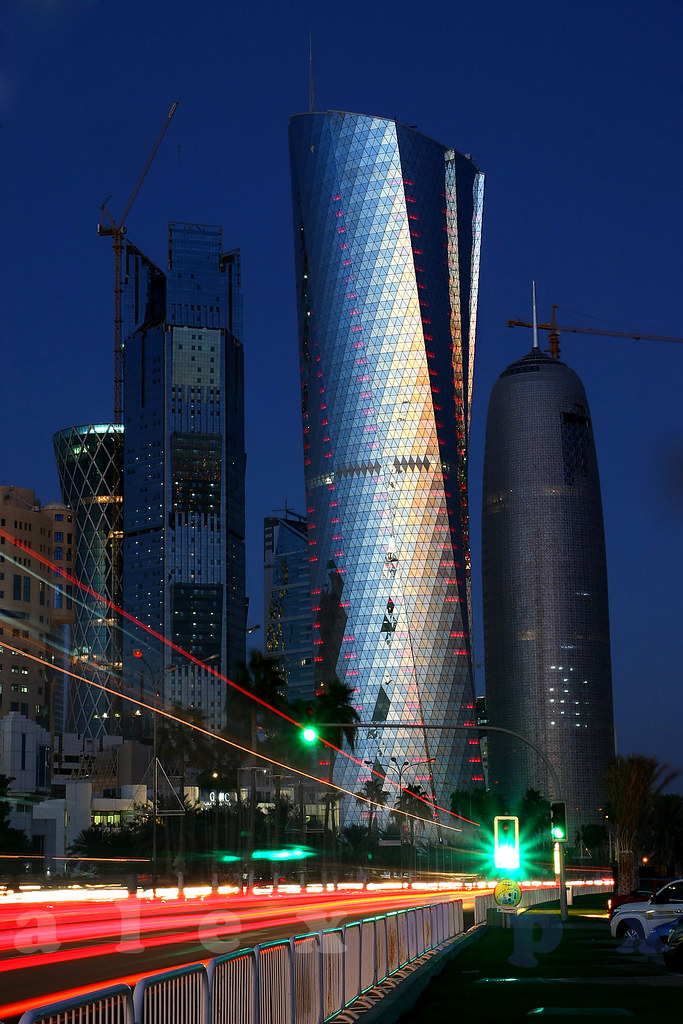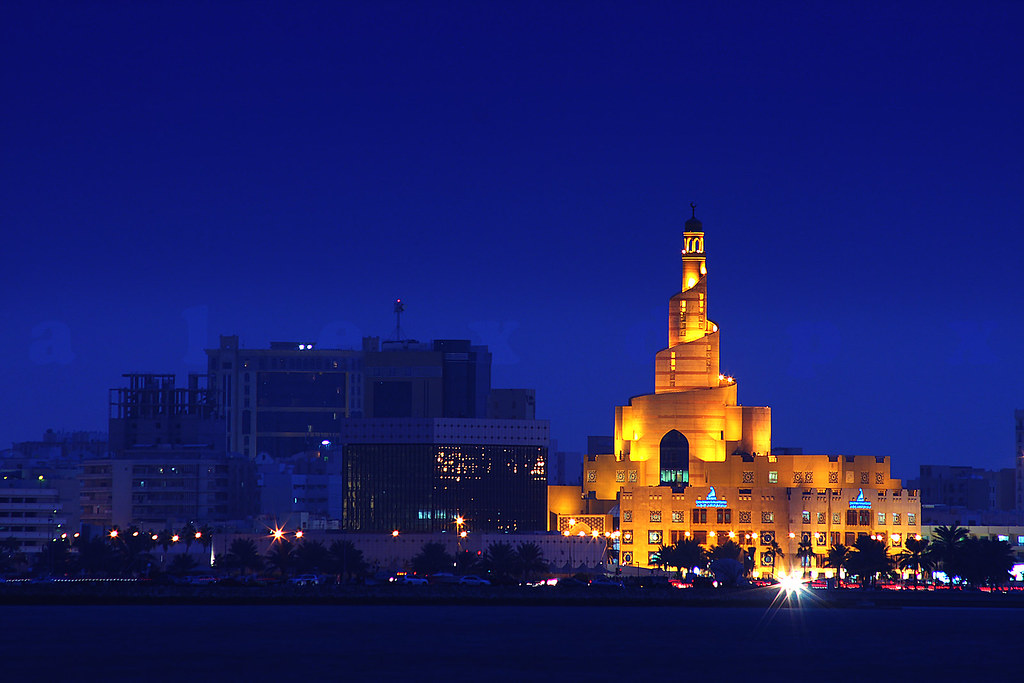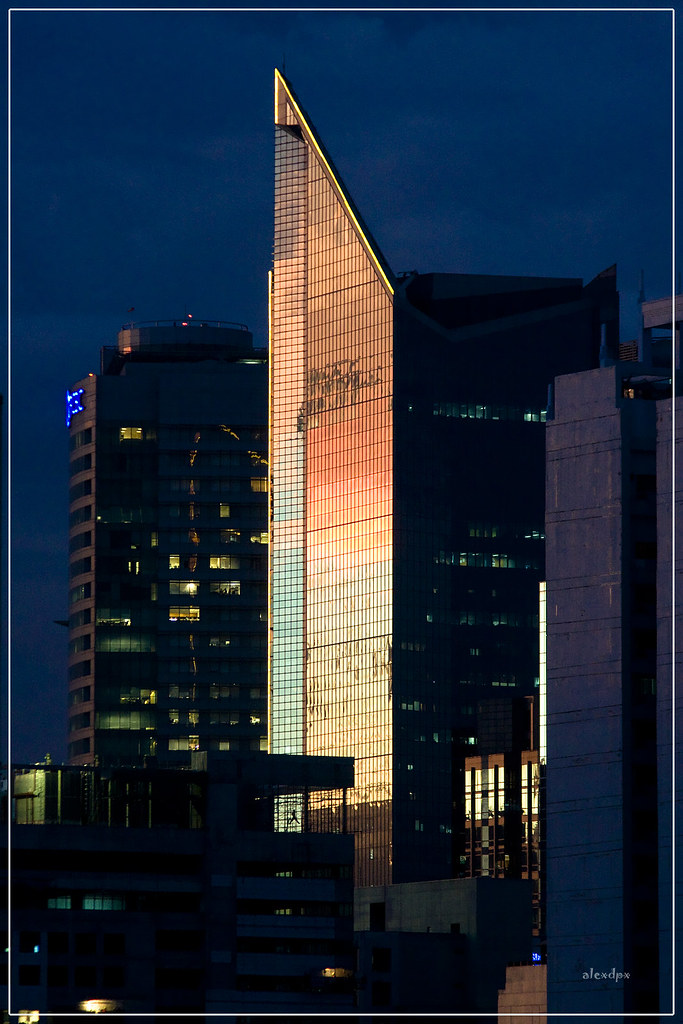Tips on "The Blue Hour" Photography
Doha Corniche, Qatar. Taken just after sunset. The twisted building shines and stands out from the rest as it reflects the remaining daylight. Luckily for me, a bus, with high-mounted tail lights, passed by during the 10 seconds exposure providing added interest to the picture.
Blue Hour - This happens just after the "golden hour". To those who are not familiar what I'm talking about, twilight is what photographers now call as the blue hour. It is that time just after sunset (golden hour) when daylight fades and darkness takes over. At this time, the sky turns into a deep dark blue and artificial lights - building lights, street lights, etc. - gets turned on.
To me, photographing cityscapes are more interesting at this time rather than doing the usual night shots when the sky is pitch black and lifeless. Come to think of it, the same artificial lights are on, but during the blue hour, what these lights fail to reach are still illuminated sufficiently by the ambient sky - plus the colors are more interesting.
Doha Corniche. The warm lighting of Fanar Islamic Center contrasts with the bluish hues of fading daylight. Well, it was nearly dark when this picture was taken. Exposure was taken from the much brighter Fanar building to capture some of its details. This caused the rest of the scene, which were not as brightly lit, to appear much darker.
Here are some tips for an effective blue hour cityscape shot.
Scout your site in advance. Look for interesting angles and find out where the sun sets.
Look out for reflections on the buildings' curtain wall. These combined with the buildings' own lights create interesting effects.
Be there by sunset. In the same way as taking sunset pictures, you need to be there before it happens to setup your gear.
As soon as the lights turn on, start shooting. Blue hour doesn't last very long.
If you're shooting by the road, ideally your camera should be pointing in the same direction as the cars are going. Light streaks created by tail lights are more interesting than those made by head lights.
Street and building lights are tungsten balanced, therefore, your cameras white balance should be set to tungsten.
With your camera set to tungsten balance, if you are using the scene as backdrop for your portraits or fashion shoot, use a CTO gel on your strobes. Flash light is daylight balanced and they will appear bluish in your pictures.
Kuala Lumpur, Malaysia. The faint ambient not only gives bluish hues but also takes care of the shadow areas. It helps reveal some more details that you cannot see in absolutely dark night shots.
Makati City, Philippines. As in the first picture above, fading sunlight reflected by one of the buildings provided a focal point in the picture.
Bandar Seri Begawan, Brunei Darussalam. Landmark buildings, like the Jame Asr Hassanal Bolkiah Mosque, stands out during blue hour because of the architectural lighting.
Cheers,
Labels: photography, technique








0 Comments:
Post a Comment
<< Home